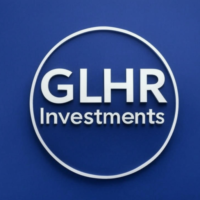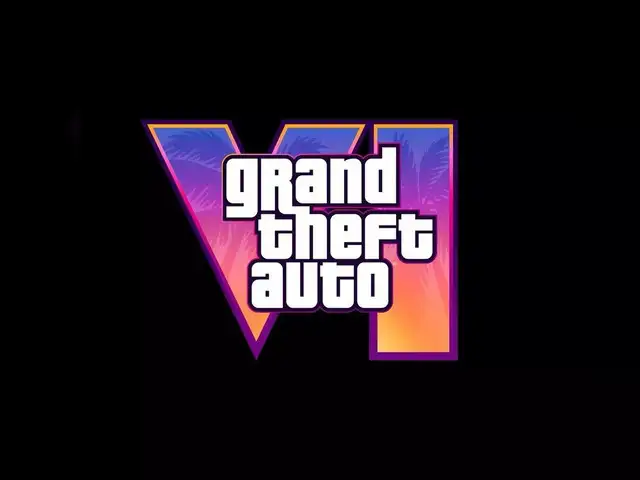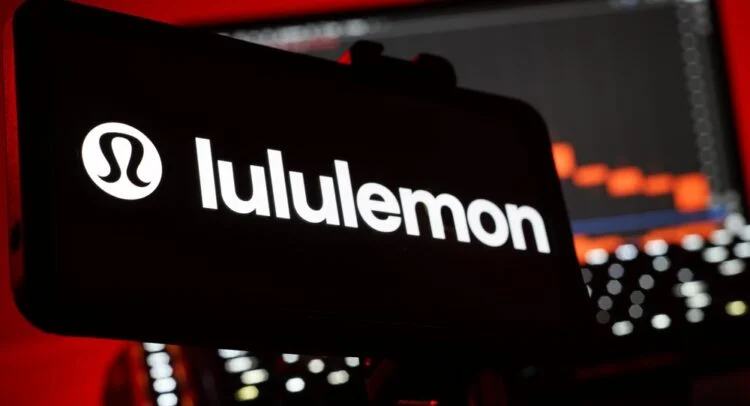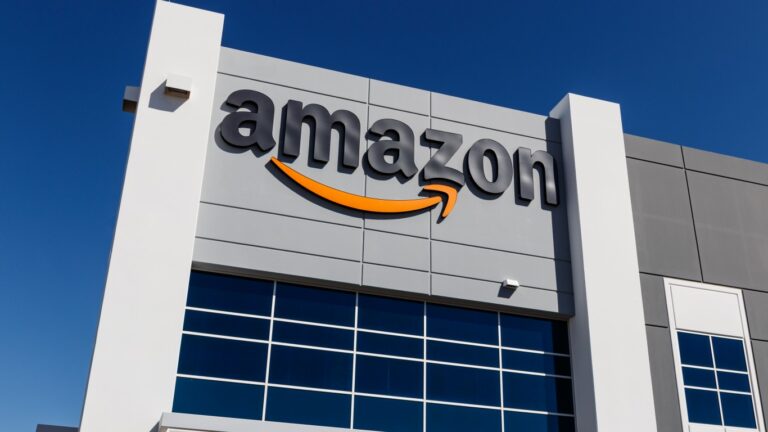
Powering the future of gaming stocks in April 2025.
At GLHR Investing, we’re diving into the gaming industry—a powerhouse of innovation facing economic turbulence. In April 2025, tariffs, inflation, and consumer caution challenge gaming stocks, yet mobile gaming, AI, and mergers fuel growth. Which companies are leading, and what can investors expect by month’s end? We’ve analyzed key players, market dynamics, and short-term forecasts to guide your portfolio.
- Gaming Industry Overview (April 2025):
- Market Size: The global digital gaming market reached $226.7 billion in 2024, projected to hit $260 billion by 2026 and $840.56 billion by 2033 (15.7% CAGR), driven by mobile gaming and 5G adoption.
- Economic Context: Trump’s tariffs (25% on Mexico/Canada, 54% on China, paused for 90 days) triggered a 12% YTD drop in gaming stocks, worse than the S&P 500’s 9% decline. A tariff pause on April 8 sparked a 10% rebound, but volatility persists.
- Key Trends: Mobile gaming ($100.54 billion in 2024, projected at $164.81 billion by 2029), AI-driven game development, and M&A activity (7 deals over $100 million in 2024) drive growth. Web3 gaming and IPOs (e.g., ShiftUp’s 50% debut surge) signal investor optimism.
- Sentiment: X posts reflect tariff fears, with Japanese gaming stocks (e.g., Sony -10.16%, Capcom -7.13%) hit hard early April, though U.S. firms like Microsoft and Take-Two show resilience.
- Leading Gaming Industry Stocks:
- Microsoft Corporation (MSFT):
- Market Cap: $3.1 trillion, stock price: ~$420 (April 17, 2025), down 5% YTD.
- Why Leading: Microsoft’s Xbox, Activision Blizzard acquisition ($70 billion), and franchises like Call of Duty and Minecraft dominate console, PC, and mobile gaming. Its cloud gaming push strengthens metaverse ambitions.
- Financials: Q4 2024 revenue: $61.9 billion (+16%), EPS: $2.93. Dividend yield: 0.79%, with 12.4% EPS growth projected annually. Debt-to-equity: 32.4%.
- April Expectations: Analysts target $480 (14% upside), supported by cloud and gaming revenue. Tariff pause aids recovery, but chip export restrictions to China (announced April 16) may pressure Xbox hardware costs. Expect $430–$440 by month-end, assuming no tariff escalation.
- Take-Two Interactive Software, Inc. (TTWO):
- Market Cap: $8.4 billion, stock price: ~$150, down 10% YTD.
- Why Leading: Grand Theft Auto VI (GTA VI), set for 2025 release, is projected to sell 45 million units, potentially the highest-grossing game ever. NBA 2K and Red Dead Redemption add strength.
- Financials: Q4 2024 revenue: $1.4 billion (+5%), EPS growth forecast: 94% annually. Debt-to-equity: 36.5%, no dividend.
- April Expectations: Analysts target $180 (20% upside), with GTA VI hype driving sentiment. Tariff relief supports retail sales, but consumer spending dips (retail down 13%) may cap gains. Expect $155–$160 by April 30, pending Q1 earnings.
- Electronic Arts Inc. (EA):
- Market Cap: $7.6 billion, stock price: ~$135, down 8% YTD.
- Why Leading: EA’s sports titles (FIFA, Madden NFL) and Apex Legends drive recurring revenue. Its focus on live services and esports bolsters growth.
- Financials: Q4 2024 revenue: $1.8 billion (+3%), EPS growth: 12.2% annually. Dividend yield: 0.56%, debt-to-equity: 24.8%.
- April Expectations: Resistance at $140 holds; analysts target $151 (12% upside). Stable U.S. consumer demand supports sports titles, but tariff risks linger for hardware partners. Expect $138–$142 by month-end, with Q1 earnings as a catalyst.
- Nintendo Co., Ltd. (NTDOY):
- Market Cap: $60 billion, stock price: ~$12, down 15% YTD.
- Why Leading: The Nintendo Switch (143 million units sold) and franchises like Mario, Zelda, and Pokémon ensure steady revenue. A new console is rumored for late 2025.
- Financials: FY2024 revenue: ¥1.7 trillion (+4%), EPS: ¥3.25. Dividend yield: 2%.
- April Expectations: Tariff fears (Japan faces 20% U.S. tariffs) caused a 7.35% drop early April. Analysts target $14 (17% upside), but volatility may limit gains. Expect $12.50–$13 by April 30, barring tariff escalation.
- Roblox Corporation (RBLX):
- Market Cap: $25 billion, stock price: ~$40, down 12% YTD.
- Why Leading: Roblox’s user-generated content platform boasts 30% YOY user growth, with 9.5% revenue growth to $919 million in Q3 2024, despite a $239.3 million net loss.
- Financials: Q4 2024 revenue projected: $1 billion (+10%). EPS loss expected to narrow. No dividend.
- April Expectations: Moderate Buy rating, price target: $55.67 (39% upside). Tariff pause aids digital sales, but consumer caution may slow in-app purchases. Expect $42–$45 by month-end, driven by platform updates.
- Microsoft Corporation (MSFT):
- Market Trends Impacting Gaming Stocks:
- Tariff Volatility: The April 2 tariff announcement (25% on Mexico/Canada, 54% on China) slashed gaming stocks 12% YTD, with Japanese firms hit hardest (Sony -10.16%). The 90-day pause lifted stocks 10%, but China’s 145% tariff (including fentanyl penalties) threatens hardware costs.
- Mobile Gaming Surge: Projected to grow from $100.54 billion to $164.81 billion by 2029, mobile gaming drives revenue for Activision (Candy Crush) and Roblox. 5G adoption boosts accessibility.
- M&A and IPO Activity: 2024 saw $10.5 billion in cash reserves fuel M&A (e.g., Microsoft-Activision), with 2025 expected to match this pace. ShiftUp’s 50% IPO surge signals appetite for gaming listings.
- AI and Web3 Gaming: AI streamlines game development, cutting costs for EA and Take-Two. Web3 gaming, tied to crypto’s rise (Bitcoin at all-time highs), boosts speculative interest in smaller studios.
- Consumer Spending: Retail spending fell 13%, and consumer sentiment hit a 12-year low (Conference Board Index: 50.8), pressuring discretionary purchases like games and consoles.
- End-of-Month Expectations (April 30, 2025):
- Market Dynamics: The tariff pause stabilizes gaming stocks, but China’s escalating tariffs and chip export restrictions (April 16) may raise console and GPU costs, impacting Microsoft and Nintendo. Q1 earnings (late April) for EA and Take-Two will be pivotal.
- Stock Performance:
- Microsoft (MSFT): $430–$440, driven by cloud gaming and Activision strength, but chip restrictions pose risks.
- Take-Two (TTWO): $155–$160, with GTA VI buzz offsetting consumer caution.
- Electronic Arts (EA): $138–$142, supported by sports title sales but capped by tariff fears.
- Nintendo (NTDOY): $12.50–$13, limited by Japan’s tariff exposure.
- Roblox (RBLX): $42–$45, buoyed by user growth and digital revenue.
- Sector Outlook: Gaming stocks may gain 3–5% by April’s end if tariff talks progress, but a 20% recession risk and inflation fears (6.7% consumer expectations) could trigger pullbacks.
- Key Catalysts: Watch Q1 earnings (April 23–30 for EA, TTWO), U.S. GDP data (April 30), and tariff updates. Consumer sentiment (April 25) could sway discretionary stocks.
- Investor Considerations:
- Strengths:
- Mobile gaming and digital sales (e.g., Roblox, Activision) are resilient to physical supply chain disruptions.
- M&A and AI reduce costs, boosting margins for EA and Take-Two.
- Microsoft’s diversified revenue (cloud, software) cushions gaming volatility.
- Risks:
- Tariff-driven cost hikes for consoles and GPUs (e.g., NVIDIA GPUs up 33.84% CAGR) may dent Nintendo and Microsoft margins.
- Consumer spending dips (retail down 13%) and high inflation expectations (6.7%) threaten game sales.
- Japanese stocks (Nintendo, Sony) face higher tariff exposure.
- Opportunities:
- Short-Term: Buy EA or TTWO on dips near $130 and $145, respectively, ahead of Q1 earnings. Roblox offers upside near $40.
- Long-Term: Hold Microsoft for diversified exposure; Take-Two for GTA VI’s 2025 impact.
- Strategy: Allocate 5–10% to gaming stocks in a diversified portfolio, hedging with gold ETFs (GLD) or infrastructure ETFs (IFRA) against tariff volatility. Monitor earnings and tariff news closely.
- Strengths:
- Why It Matters: The gaming industry, projected to grow 15.7% annually, balances innovation with economic risks. By April’s end, tariff relief and earnings could lift stocks 3–5%, but consumer caution and trade tensions demand vigilance. At GLHR Investing, we see gaming as a dynamic sector for bold investors ready to play the long game.
Stay ahead with GLHR Investing—game on!








